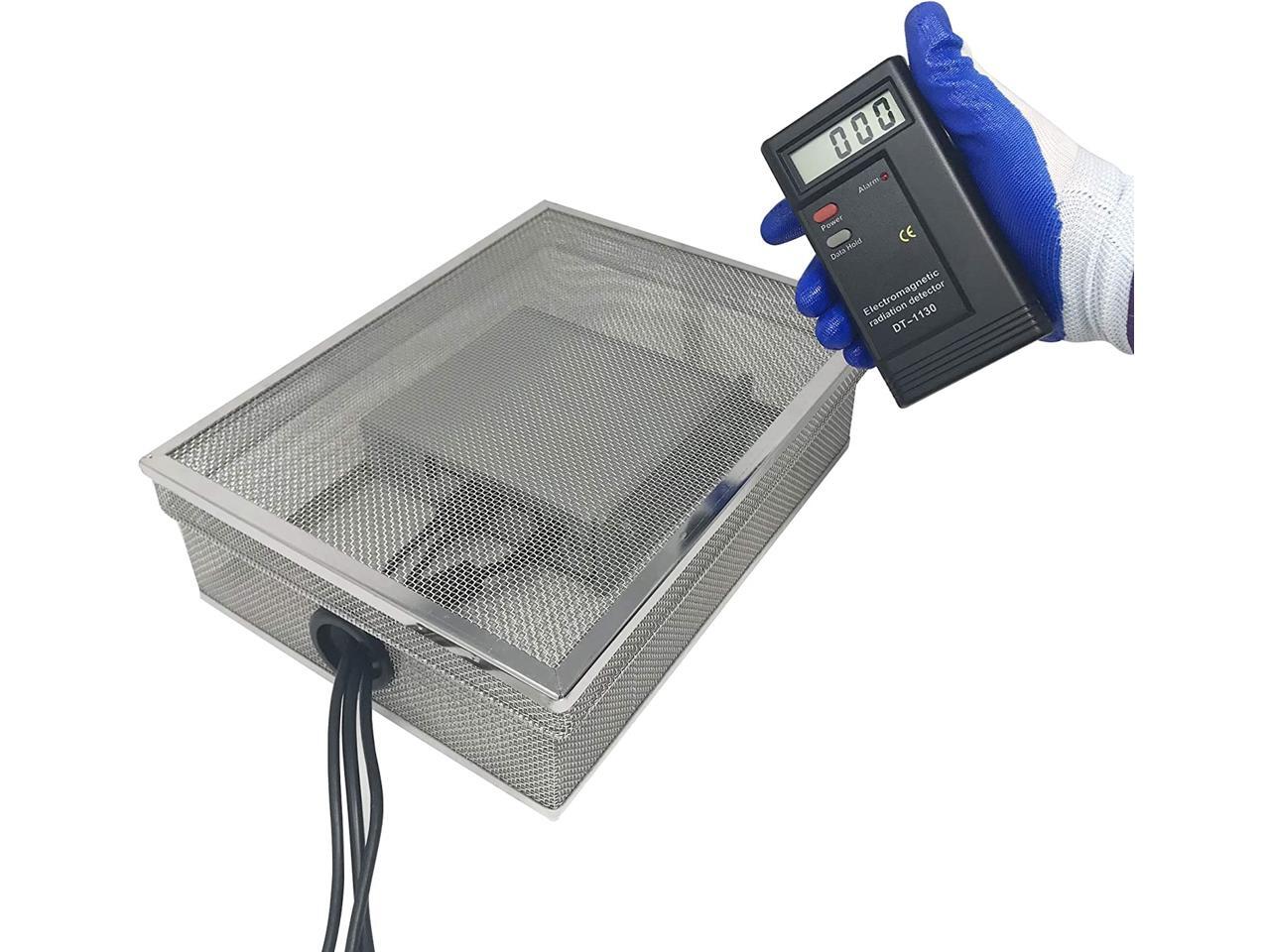If you reside in an apartment or a house or just would like to keep your home free from EMFs, there are a number of ways you can reduce exposure. One of the easiest is to restrict the usage of your electronic devices. It is also possible to use EMF block paint to prevent EMF radiation from entering your home. Another method to protect your home against EMF radiations is to put up a RF shielding canopy. It is a type of net that contains EMF shielding and is used to stop EMFs from entering a room. Another option is to get your home equipped with an electrical enclosure. These enclosures are known as Faraday cages.
Numerous studies have demonstrated how the EMF that is not ionized can cause anti-proliferative effects on HCC cells. The mechanism that drives AM RF EMF's anticancer activity in vitro is believed to result from the deregulation of cancer stem cells. This could explain the long-term effects observed in some patients with advanced HCC. However, the mechanism of AM EMF's impact on cancer patients isn't evident.

Aspects on the effects of AM electromagnetic fields (RFEM) on HCC tumor growth in vivo was studied in mice. The tumors were divided in three different groups. One group did not have exposure to RF EMF. Second group members were exposed RF EMF at a frequency that is similar to that of humans. In the third, they were subjected the RF EMF in HCC-specific frequencies. The effects of HCCMF on the tumours was evaluated against that of RCF. The results showed that the cancers treated with HCCMF had significant shrinkage. However, the tumours treated with RCF showed no evidence of shrinkage in the tumour.
The mechanism of tumour-specific AM RF EMF could be based on the fact that cancer cells require Cav3*2 T-type voltage calcium channels for their proliferation and down-regulation. emf protection hats to inhibit proliferation in HCC cells is mediated through CACNA1H which is a protein which regulates the Ca2+ influx specific to tumors. The results suggest that CACNA1H could have wider implications in the diagnosis and treatment of various cancers.
The tumours in those in the group that were unaffected EMF from radiofrequency, and fed a normal mouse diet. The tumors of HCCMF HCCMF group were infected with Huh7 cells at the time they were between five and seven weeks old. The tumors were removed in cases of excessive burden.

The tumours in the three groups also displayed distinct growth curves. The tumors treated with HCCMF had a significant reduction in the size of the tumour after eight weeks. However, the tumours treated with RCF did not show any shrinkage. The difference was significant. The tumors treated by RCF showed necrosis, which is common in tumours that are exposed to RCF. There is a possibility that this necrosis was caused by an absence of oxygen in the more invasive cancers.
In summary, the results suggest the fact that AM EMF exhibits anticancer effects in vitro and in vivo. Several studies have shown the fact that AM RF EMF produces measurable reduction in tumours within HCC patients. There is a possibility that AM RF EMF produces these effects because of CACNA1H which is a protein involved in the process of tissue-specific Ca2+ influx. In addition, AM RF EMF may have a long-lasting effect on the growth of HCC tumors in living tissue.
